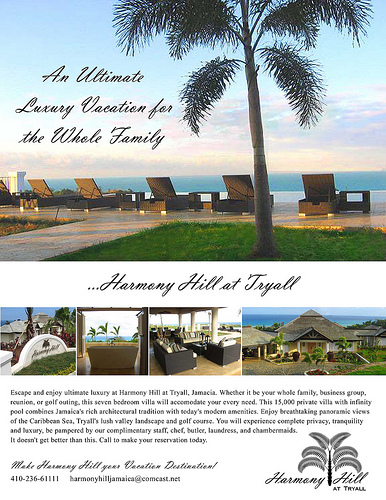
Marketing luxury brands is a tricky endeavor. While message consistency is of the utmost importance, the same message doesn’t always work across all media channels.
This is exemplified perfectly by the very word ‘luxury’ itself.
In print ads, it is often overused by brands in nearly every category that want to be seen as luxurious, regardless of whether they fit the bill or not. Here are a few examples of luxury infractions:
Celebrity cruises is currently using the language “Modern Luxury Defined” not necessarily as a tagline, but it appears within their website, on Pinterest, and in this awesome promotional video with a very luxurious stock inspirational rock sound bed:
What’s funny is over a decade ago I worked on a direct response campaign for Westin, whose ads at the time begged the question “What is Modern Luxury?”, a headline that was passed down from whatever big NYC ad agency Westin was working with at the time. And just like Celebrity, the brand was worthy of more intriguing language.
This is not to say that there is no place for the word luxury. Body copy within a brand’s website and Paid Search ads are probably the best examples of where the word luxury is most effective, particularly if your brand can pay it off with more interesting copy that shows luxury instead of saying it when your target audience arrives on the appropriate landing page.
Nearly every other medium deserves more. Print, radio, TV, billboards, even banner ads should be light on the word luxury, and it should never be in your headline.
Car dealerships are some of the worst offenders in this category. Even BMW of Greenwich has violated this rule, talking about how they are “the definition of luxury” in their current radio spots.
Real luxury — whether it takes the form of high-end real estate development, a cruise ship, or an auto dealer — is worthy of something smarter and sexier. No exceptions.